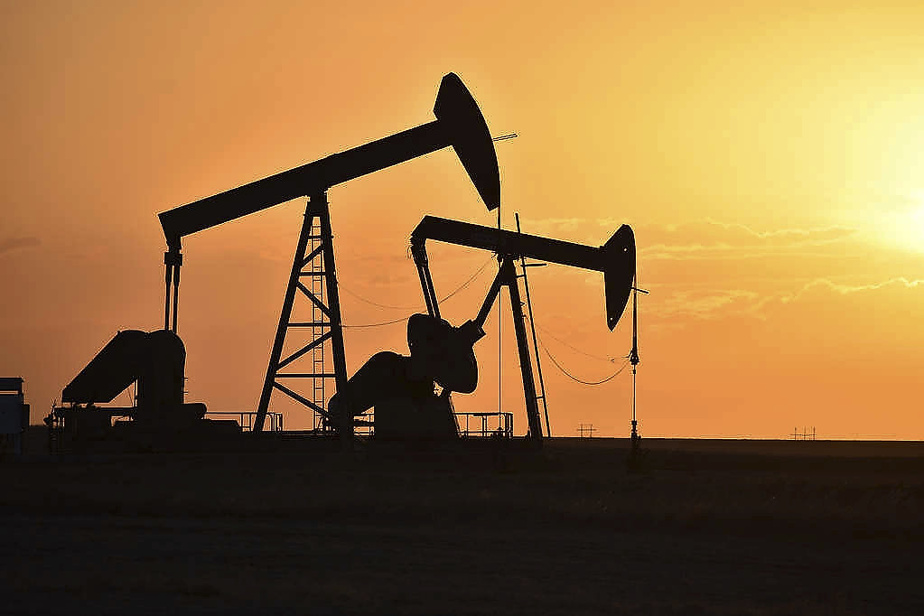(London) Oil prices oscillate on Friday, driven by strengthening expectations of reductions in American interest rates, likely to favor demand, but held back by larger-than-expected American crude reserves.
Around 7:55 a.m. (Eastern time), the price of a barrel of North Sea Brent, for delivery in August, rose 0.70% to $83.33.
Its American equivalent, a barrel of West Texas Intermediate (WTI), for delivery in July, gained 0.57% to $79.07.
Earlier in the session, prices were in the red.
“Despite the favorable signs this week of an easing of inflationary pressures in the United States, the rise in oil was slowed” by the “surprise” jump in American stocks, noted Han Tan, an analyst at Exinity, in a note sent to AFP.
On Thursday, in the United States, the PPI wholesale price index, which measures the increase in prices on the producer side, actually started to fall again in May, recording a decline of 0.2%, after a rebound in April.
At the same time, weekly applications for unemployment benefits in the United States rose to the highest since August, at 242,000.
These data, which signal an economic slowdown, “reinforce confidence (of investors) in the reduction of interest rates” of the American central bank (Federal Reserve, Fed), notes John Evans, analyst at PVM Energy, which has theoretically a favorable effect on energy demand.
However, the U.S. Energy Information Administration’s (EIA) report on U.S. inventories on Wednesday showed a easing increase in crude reserves of 3.7 million barrels in the week ended June 7. lessons.
Furthermore, “the battle for forecasts continues between the International Energy Agency (IEA), which warns of a glut, and OPEC, which speaks of a ‘tight future market'”, this which “does not help the market in its quest for clarity”, adds the PVM Energy analyst.
In its annual report published on Wednesday, the IEA assured that the global oil market would face a “major surplus” this decade, driven by a stabilization of demand, combined with an increase in global production.
The agency estimates that total supply is expected to reach nearly 114 million barrels per day by 2030, 8 million barrels per day above projected global demand by that date.
The Organization of the Petroleum Exporting Countries (OPEC), for its part, had kept its estimates of global crude consumption unchanged for the current year and for 2025, in the latest edition of its monthly report published on Tuesday.
At the same time, the cartel of oil exporters and its allies united in OPEC recently announced that they would gradually lift their reductions in black gold production, thus letting go of this policy of dwindling supply begun at the end of 2022 for support the courses.




